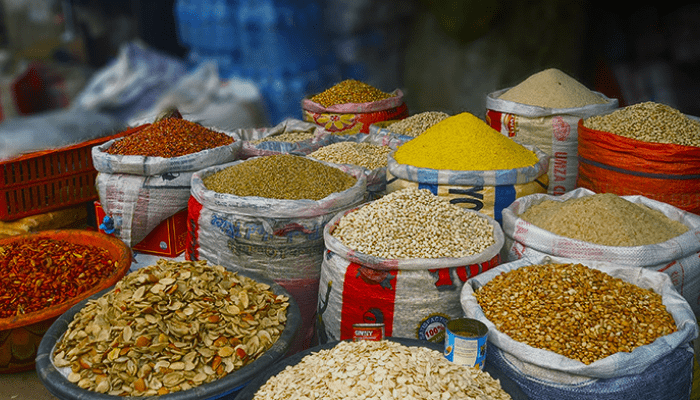World food commodity prices dropped by 2.1 percent in 2024 compared to the previous year, according to the FAO’s report on Friday, though they remain significantly higher than pre-pandemic levels.
The UN Food and Agriculture Organization’s overall Food Price Index averaged 122.0 points, marking a decline of 2.6 points, or 2.1 percent, from 2023. However, food prices increased throughout the year, with the index rising from 117.6 points in January to 127.0 points by December.
From December 2023 to December 2024, the index saw a 6.7 percent increase, driven largely by higher prices for meat, dairy, and food oils.
The FAO tracks global fluctuations in the prices of key internationally traded food commodities. Despite the year-on-year decline, food prices remain about 26 percent higher than five years ago.
The disruption to global trade during the Covid-19 pandemic initially caused a temporary dip in food prices, but these began rising as inflation surged amid the economic recovery. Russia’s invasion of Ukraine in February 2022 further exacerbated the situation, sending prices to record highs due to the countries’ pivotal role in wheat exports.
However, efforts to ensure that shipments were not blocked led to some price stabilization, easing slightly toward the start of 2024.
The overall decline in the FAO’s Food Price Index between 2023 and 2024 was largely attributed to drops in cereal and sugar prices. Cereal prices fell by 13.3 percent, and the FAO’s sugar price index dropped by 13.2 percent. These decreases were partially offset by a 9.4 percent rise in the vegetable oil price index.


